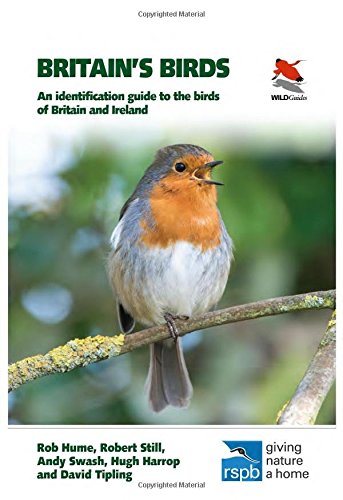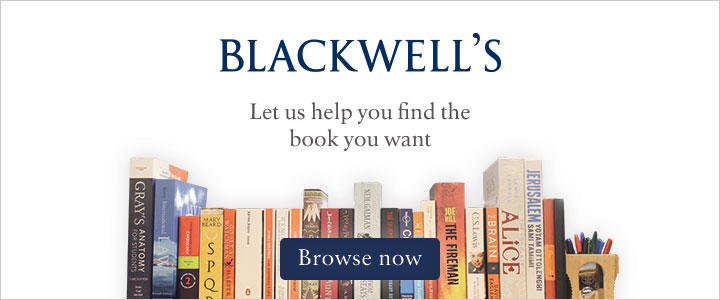This book is very good.
Why would you need another bird identification guide or field guide? Because this one is very good!
This is a quite straight forward bird identification guide – there isn’t much mucking about with other information – and that’s good.
It covers birds you might see in Britain and Ireland – including lots of species that you are very unlikely to see, but other people have seen so you might just see them too.
There are a few illustrations but the book is dominated by photographs – in some guides this approach works and in some it doesn’t – here it does. And that’s because the photographs are good and are reproduced clearly. Also, the authors have done something classy and clever with how the images appear – in each section all the birds are facing and/or flying the same way – left to right (eg seabirds, ducks etc) or right to left (most waders (but have a look)) but not a hotch potch. This is not only helpful but also aesthetically pleasing.
If you have never seen Hen Harriers, then this book will tell you where they live and how you can tell them from Montagu’s Harriers (and Marsh Harriers) – including those brown females and including juveniles, and, of course, in flight as well as on the deck. But it will teach you how to identify Pallid Harriers and Northern Harriers as well. And so this book will work for keen novices and more experienced observers alike. And yes, some over-keen observers will persuade themselves they have seen a Pallid or Northern when they’ve actually seen female Hen Harrier but that’s not the fault of the book.
As always in a book, the expression of bird calls and songs is a difficult area and although this book alone might not always get you to the right place, it will certainly help.
I will find this book very useful and I will learn quite a lot from it. I’ve looked through the species I care about and sometimes find difficult – eg raptors, waders, gulls – and got something from every page. So I’m guessing many of you will too – whatever your level of expertise.
This book is good value for money (prices will vary, but it’s not expensive) and will last you for a good many years.
You’ll need a large pocket to take it into the field with you, but I’d slip it into your rucksack or make sure it is in the car for rapid consultation after your walk.
Britain’s Birds: an identification guide to the birds of Britain and Ireland by Rob Hume, Robert Still, Andy Swash, Hugh Harrop and David Tipling is published by Princeton.
Inglorious: conflict in the uplands by Mark Avery is published by Bloomsbury – for reviews see here. Updated paperback edition now out.
Remarkable Birds by Mark Avery is published by Thames and Hudson.
[registration_form]


Have you been reading my mind? Almost my thoughts exactly, I bought this recently on the strength of a few reviews and felt exactly the same. I would class myself as an intermediate birder generally and this books ticks all the right boxes for me.
Not that great! There are a good many mis-identified photos and it does not show many plumages which might/will cause confusion to beginners. It needs some serious re-editing in my opinion.
Norman – really? What was the worst error you spotted? I’ll go and have a look.
Actually my good and long-time friend Mr Cantelo said most of it for me!!!!!!!
I do have a\ bit of a thing about ID books lacking juvenile plumages and downy chicks/ducklings (goes back to being a nest recorder & pullus ringer), as JC says it is a vast improvement on previous photo guides but how significant each error is rather depends on the user. If you can spot that the juvenile Serin is actually a juvenile Citril Finch then you probably do not need this book!! I bought it for the nice photos.
Norman’s right that there are a few errors (rumoured to be 50-60 in all) but taken in the context of 3,200 photos it not as bad as some suggest. As ever the view you take rather depends on whether you’re a glass half empty or a glass half full sort of person. Most seem to be about whether birds are of the plumage described rather than the wrong species altogether, but sharper eyes than mine have spotted a few species level errors. The most significant for UK birders is that a head shot of juv. LRP is actually a Ringed Plover (other errors involve birds like juv. Audouin’s Gull, 1st winter Common/Spotted Sandpiper, the first winter Richard’s/Tawny Pipit and juvenile Serin/Citril Finch which won’t worry most of us most of the time. Overall juvenile birds aren’t that well covered … but when are they ever? The maps are the greatest weakness though with many being misleading. It’s still a very good book but as Norman suggests a re-edit will make it better still and a European version is on the way too. !
I heard Rob Hume talk at the Birdfair, very interesting. Had there been time I might of asked him if he had a view on how long before we have an App that allows us to take a photo of a bird (or other species) and it will ID it for us.
I appreciate it wouldn’t work for all species, especially those requiring microscope work…
The advances in computer algorithms might mean that it isn’t far away, apparently there is already a facial recognition App in Russia.
Oddly enough I heard his talk too and was somewhat disappointed with it – not very well paced, too much reminiscing and not enough on the new book!
Not helped by the projector going wrong. I enjoyed the history but agree that there could have been more on the new book.
The concept is excellent, the design and presentation impressive, the contents are very very disappointing. The book has many omissions and is riddled with errors. It will mislead the novice and put off the experienced.
Robert – thank you for your comment. What’s the worst error that you have spotted?
I wholeheartedly agree with the first observation but think the second overstates the case. Compared to other guides, I think it has very few omissions. Indeed I’m not sure I can name an illustrated guide, multi-volume reference guides apart, with fewer, can you? I’d agree that the maps are poor, but those aside, I think saying it’s ‘riddled with errors’ is a little OTT. Apart from those few cases where species level errors have been made, I doubt it will mislead the novice to any significant degree very often. There’s still a lot there for the experienced too. Yes, it needs revision and correction but overall it remains a fine effort.